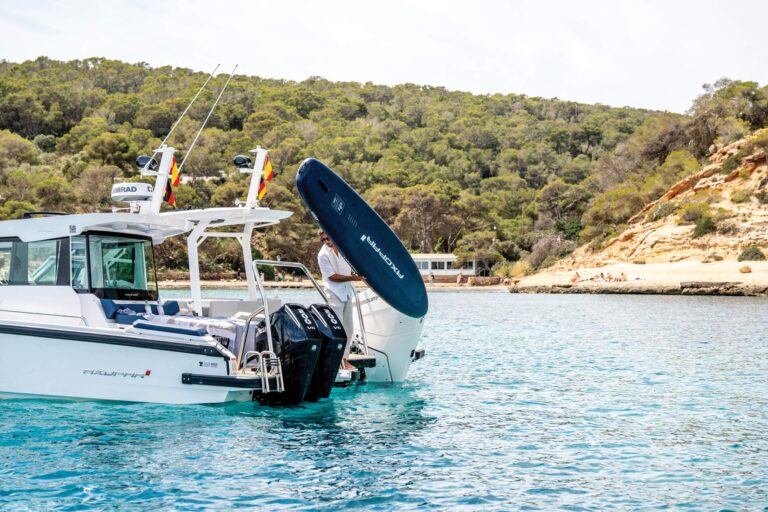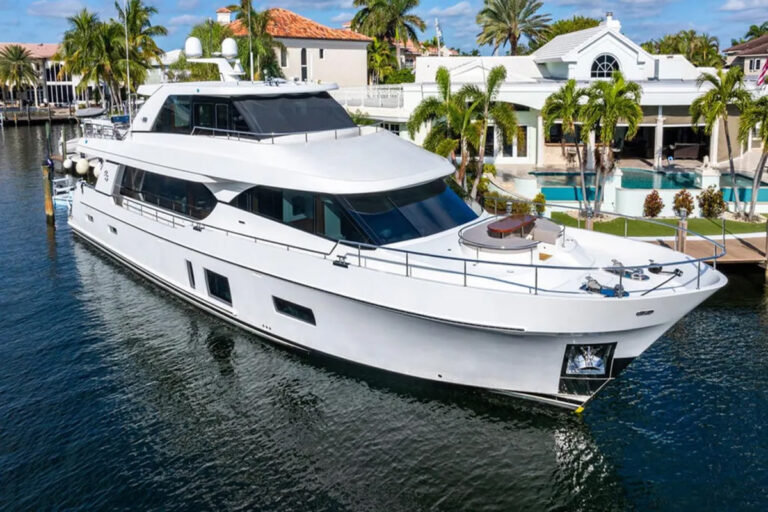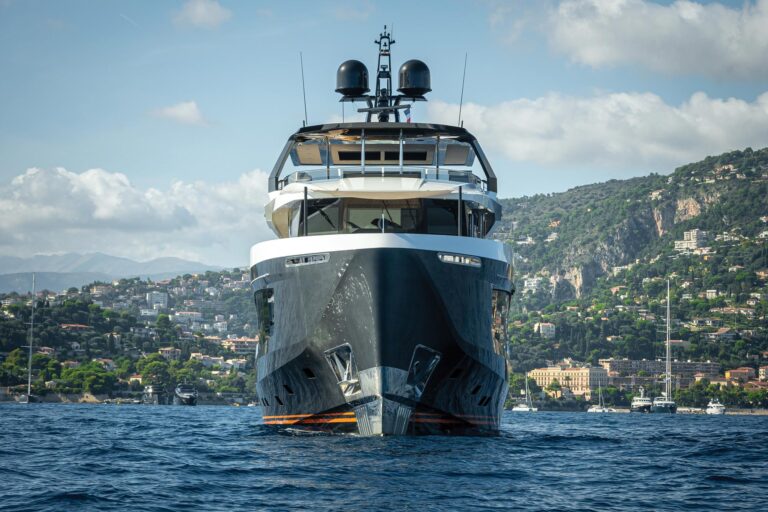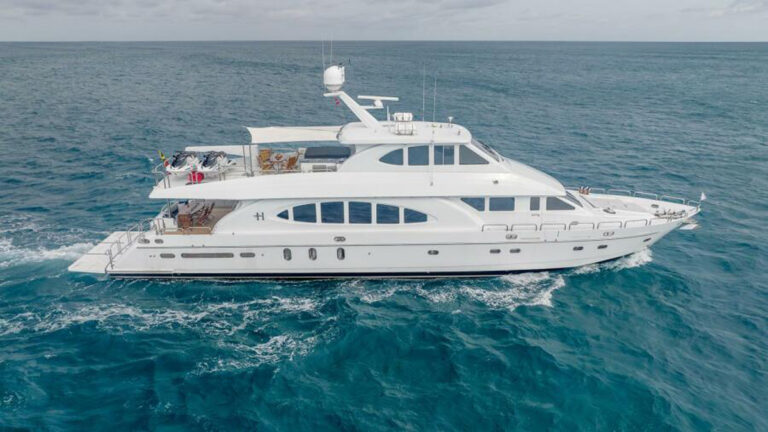You’ve tied up at Océan Must Marina at Gustavia in St. Barths and already met a very amiable French couple who have invited you for lunch on their yacht. Not wanting to go empty-handed, you check out the local wine shop only to find that all the wines are French and every one is about three times what you would pay for it back home. But since you are proudly American, you go back to your yacht and find a delightful California wine you’d been saving for a special occasion-and whose time has come. In the true sense of “hands across the sea, you will introduce your new friends to something you’re proud to share with them. The question is, “What?
Back in the 1970s when Californian wineries started making impressive varietals from chardonnay, cabernet sauvignon, merlot and zinfandel, they were rightly embraced by a young generation of chauvinistic American wine writers.
California vintners and the American press made much of a 1976 tasting in Paris, matching the best French wines against the best out of Napa Valley. The astonishing result-Stag’s Leap Wine Cellar’s 1973 cabernet (only its second vintage) took first place over Ch,teau Mouton-Rothschild-was a blow to French ego and an enormous boost for American wine.
In the 1980s, embracing a “bigger is better philosophy, American vintners turned out more tannic, more oaky, more massive wines, which continued to win prizes and praise while eschewing the more traditional virtues of balance, refinement and attention to terroir. What nature did not provide in sunny California, viniculturists could manipulate into a “style back at the winery.
By the 1990s, however, the best California winemakers began to see the wisdom of blending varietals as they do in Bordeaux and to investigate the prime microclimates and terroirs that would produce the best wines from the most suitable grapes.
Today, California offers a range of wines-from sweet white zinfandel to massive cabernet sauvignons, in prices from “Two Buck Chuck to “cult wines that sell for $1,000 a bottle. How do you make sense of it all, and what do you bring onboard for an evening of fine dining or even a casual lunch?
First, discard just about every California wine under $10. When you get above $10 a bottle, the wines start to improve, especially with some of the nice, crisp sauvignon blancs (also called fumé blancs) in the market. I like the varietal produced by Califronia wineries such as Kim Crawford, Ferrari-Carrano and Robert Mondavi Private Selection-all well-made, clean and refreshing as either an aperitif or as an accompaniment to shellfish. They range from $10 to $15.
Moving into the $20 to $40 range, California whites, and a few reds, start to blossom. Of the former there are fine chardonnays, both in the all too typical caramel-oaky style and in a more balanced style reminiscent of some good white Burgundies. The better examples would be Flowers Vineyard, a chardonnay of real intensity. The current 2003 vintage sells for about $34. It’s a very, very lush wine with plenty of complexity. Chalone Estate ($25) is also a winner.
The less oaky style is best represented by wineries like Ch,teau Montelena ($30), which has big fruit but is rounded out and complex, not too toasted. Cakebread Reserve ($55 to $60) is very close to white Burgundies that are two to three times the price.
Without doubt California has made its reputation on massive, highly tannic cabernet sauvignons. Admirable examples I’d recommend include Caymus (the 2003 goes for about $60 a bottle), Chateau St. Jean Cinq Cépages ($75), Clos du Bois Marlstone ($45) and Pahlmeyer Meritage, which I’ve seen listed in wineshops between $70 and $200 a bottle. A more easily drinkable cabernet sauvignon along the example of the best Bordeaux includes Beaulieu George de la Tour Private Reserve ($80), which I consider the finest red wine produced in California. Although ubiquitous and cannily marketed, Opus One, a joint effort by Robert Mondavi Winery and Mouton-Rothschild’s Baroness Philippine de Rothschild, is an exceptionally dependable California cab, selling for about $80.
We come then to a very tricky category of California wines-the so-called cult wines. Extremely high ratings in the wine press have made finding them very difficult.
Wines such as Screaming Eagle, a Napa Valley cabernet sauvignon (owner Jean Philips makes only about 6,000 bottles each year), are often sold exclusively to mailing-list customers, with one-third of that total going to restaurants. Find one if you can.
While the names may change from year to year, the current line-up of cult wines includes Araujo Eisele Vineyard, Bryant Family Vineyard, Colgin, Dalla Valle Maya, Grace Family Vineyards, Harlan Estate, Screaming Eagle and Shafer Hillside Select, all cabernet sauvignons, and Marcassin, a chardonnay. Some are new kids on the block, while others go back to the 1970s. These are wines that can go for $1,000 or more at auction.
While it is true that new cult wines seem to appear whenever the wine media pour their praise upon a new bottling, it is only consistency, year after year, that finally decides which wines are among the world’s finest.
For now, it’s probably a pretty good idea to make your own assessment. And you will impress your new French friends with both your generosity and your good taste in wine.









